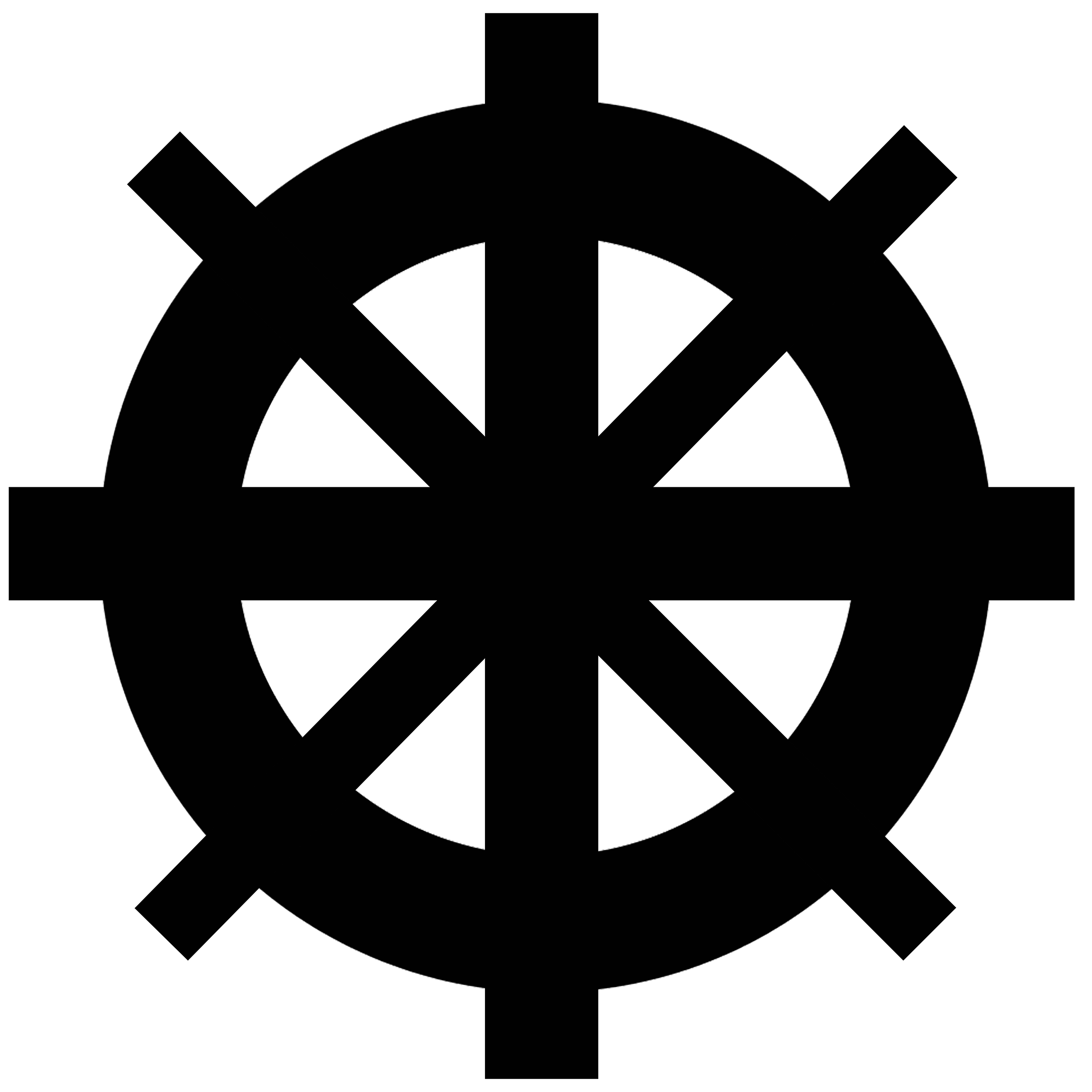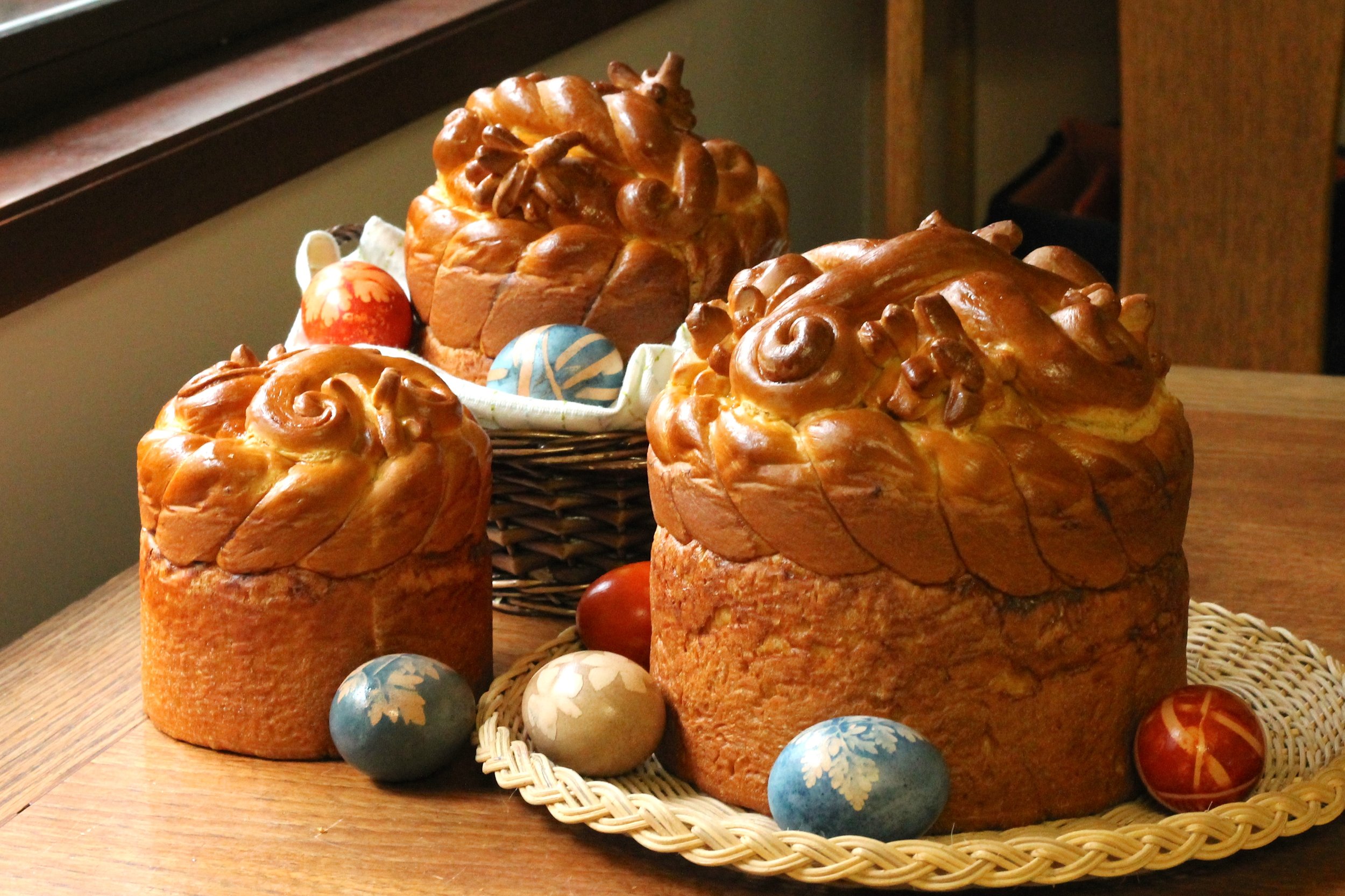Gluten Around the World!
Exploring different traditional Easter breads
Have you ever wondered why bread is shaped the way that it is? Why does it curve into braids or circle into a simple loaf or spiral into strands? Is it all just for decoration or is there a deeper meaning?
Around Easter, different types of breads begin to show up. Some are large and round, while others are small, twisted and bite sized. Growing up in my house, all we ate around Easter were buttery dinner rolls with no decoration, so when I saw that Easter breads could be colorful, elaborate and rich, I was interested. Even though I may not identify with the exact faith surrounding the development of these breads, I think that it is important to know the history behind them so that I might be attentive and mindful to others beliefs and traditions surrounding these gluten delicacies.
Most of the traditional Easter breads that I found while researching originated in Europe. I am not sure the exact history of this, though while perusing personal food blogs that continued the Easter bread recipes, many people speculated that this was due to the prevalence of Christian traditions in these nations.
Easter is commonly observed by Christian and Eastern Orthodox traditions as a memorial to the day when Jesus rose from the dead. Some of these traditions also observe Lent, the forty days preceding Easter, in which they will fast from certain foods in order to focus more on Christ and the significance of Easter. While Lent is not as commonly observed today as it was in the past, it had great influence on the development of Easter breads.
The Easter bread recipes that one can find today vary depending on the country and tradition, though they share one commonality: they are all enriched breads. In the baking world, this means that they are breads (flours, yeast, and water) made with eggs, butter and milk. The latter three ingredients were traditionally not eaten during the Lenton season, so they were placed into Easter breads as a celebration that Christ had come, the time of waiting for him (or for milk, butter, and eggs) had passed.
The breads chosen for this article are from a list developed from the FoodNetwork on world Easter breads. I chose those from this list that looked least like each other so that readers would get a sense of the diversity in traditional Easter bread. To see the full list, click here.
Pane di Pasqua from Italy:
First up is the traditional Italian easter bread. This is the bread that stood out to me the most when researching. Shaped in either in a circular wreath or individual circles, this bread holds color eggs. Sometimes there will also be a white glaze and colored sprinkles.
When making, the baker will roll out the dough, create three strands and braid them together. Then the baker will dye raw eggs and place them in the center of the bread. The eggs bake along with the bread and when they are done, they should have soft white and a slightly runny yolk.
The significance of the bread is closely related to Easter: the three strands woven together signify the Holy Trinity (Father, Son, and Spirit) and the circular sylte show that Christ is the light of life. If it is done to represent the sun, egg yolks will be painted over the bread before baking to give the loaf a yellow tint.
These rings instantly remind me of spring
Paska from Ukraine:
Paska is a traditional bread served in Ukraine during Easter celebrations. Many other surrounding countries have similar breads, though it is attributed to its Ukrainian origin.
This bread is similar to the last in that it is circular, though it is much taller (becoming more like a cylinder). In eastern european countries, there are specific bread tins for this that allow the bread to rise upward. Most Paska is topped with decoration.
Opposed to Italian easter bread with decoration weaved into its structure, this bread has decoration placed on top. The baker will set aside some dough while shaping the cylinder, and when they are done they weave the remaining extras into two braids, which are placed on top of the cylinder in the shape of the cross to remember Christ’s death.
Paska from the Ukraine
Judas Knots/ Easter Bread from the Czech Republic:
Finally, I looked into Judas Knots which have a very unique backstory. With no icing or sprinkles, this braid is simply an enriched dough shaped into a hand size knot. Their name, Judas Knots, comes from the biblical character named Judas: a man who turned Christ over to the people who would crucify him. After Jesus was on the cross, Judas felt guilty and hung himself.
These bread knots are meant to represent the noose that would have been used in this story. Macabre I know, but interesting.
The story makes these rolls
In the end, however you celebrated Easter, if you did at all, I hope you enjoyed it and maybe had some gluten.









